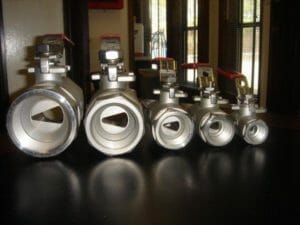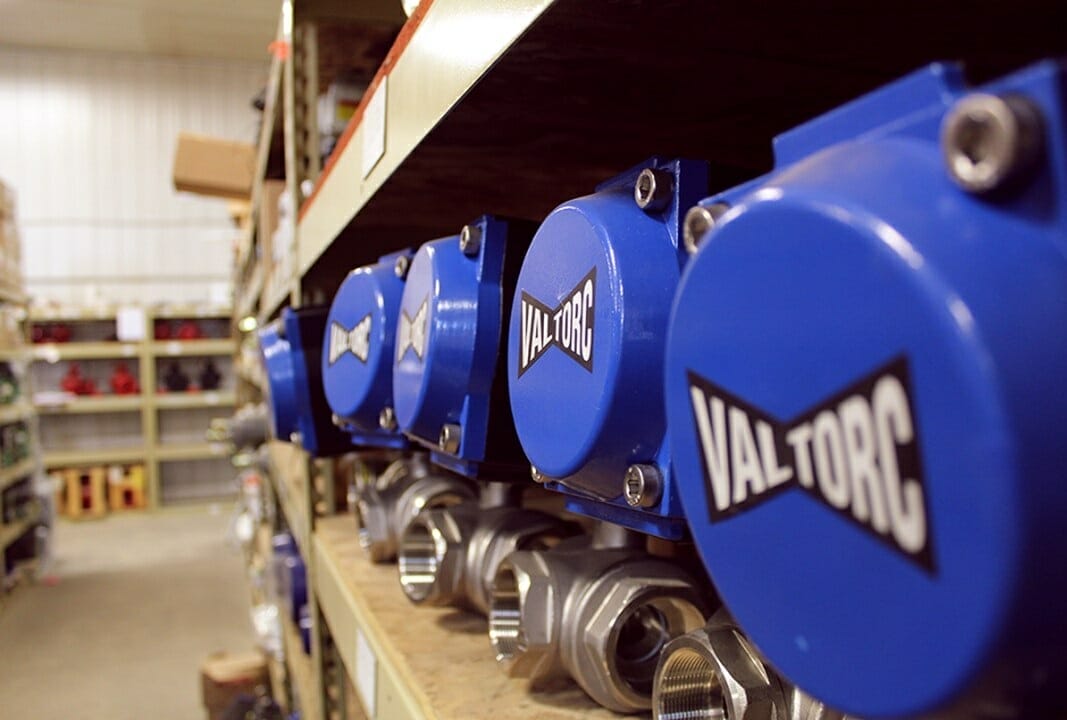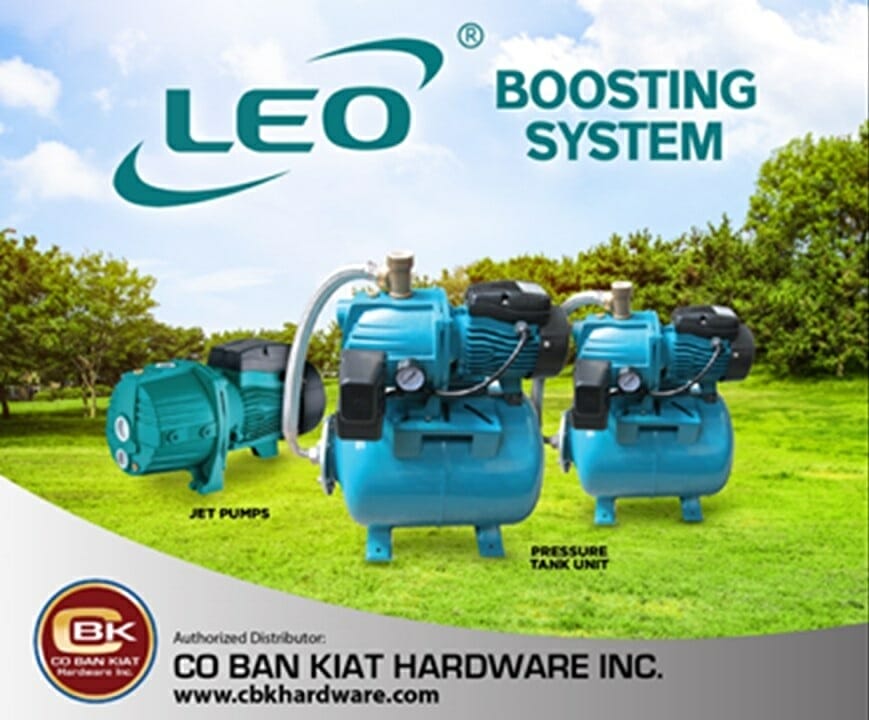While they may look like small parts of a more massive operation, industrial valves are crucial for maintaining their respective facility’s productivity and performance. From controlling shut-off to maintaining flow, valves are needed at every other step to ensure optimal industrial processes.
If your industrial infrastructure relies on the storage, transport, or processing of high-volume materials, installing the right valves is critical to its smooth operation.
But whenever you are about to select a new industrial valve for your systems, you have several options. From a knife gate valve to a ball valve, the variety of available choices can make it challenging for you to find the perfect option.
To make this tricky process more comfortable for you, here are five signs to help you find the right fit for your industrial valve application.

Consider How the Valve Material May Affect Your Specific Application
If your industrial application involves corrosive materials, then choosing most metal-based valves would translate to a waste of investment. Similarly, if you intend to use your valves in a high-temperature storage or transfer structure, going with thermoplastics may bring a world of issues.
On the other hand, if you choose the right material for your industrial valve, it leads to a problem-free and long-lasting usage. Selecting a material that can sustain your base application helps you steer clear from frequent breakdowns, repairs, and replacement. As a result, you can get the most out of your investment and amplify your operation’s overall performance and productivity.
This is why you must study your industrial application and choose a material for your knife gate valve or globe valve that meets your everyday requirements.
Fortunately, industrial valves are available in a variety of compositions. From polyvinyl chloride (PVC) to stainless steel, sturdy materials are highly suitable for a wide range of industrial applications. This makes it easier for you to choose a perfect fit of materials that deliver superior functionality to your facility.
Compare Your Previous Valve Applications With Your New Valve
If you are replacing an existing industrial valve with a new valve, it’s essential to explore the issues that caused you to seek out a replacement in the first place.
Was it a problem with keeping the valve clean? A hurdle in meeting your performance expectations? Or a failure of the material against your application? By answering these questions, you can tap into the real cause of replacing your valve in the first place.
For instance, if the problem stemmed from the type of valve you were using, you could get a completely different kind of valve in its place. But if it rose from the materials that your valve was made from, you need to get a different composition of materials. This approach applies whether you have a piston valve or knife gate valve.
This ensures that you avoid repeating the same problems soon. As a result, you can lower your chances of landing back at square one in a few months and finding yet another replacement valve for your systems.
Explore Different Types Such as a Knife Gate Valve and a Butterfly Valve
While considering your options among different types of industrial valves, you will encounter a wide variety of options. These valves excel at fulfilling specific industry applications, but it’s important to remember that not all of them are equally optimal for different use cases.
For instance, if you want to obtain an industrial valve for a high-pressure system, a globe valve would meet your requirements. But if you’re going to use this valve against viscous fluids, it may leave much to be desired.
Similarly, a knife gate valve for high-volume viscid fluids such as slurry and paper pulp will easily cut through obstructions during shut-off. But if you use these valves in applications that don’t involve a viscous flow, you will not reap their full advantages.
Keeping this in mind, learn about different industrial valves’ applications and suitability for your specific operations. This ensures that you are not investing in valves that do not meet all your requirements.
Look Into the Different Actuation Methods Supported by the Valve
Nearly all industrial valve types can support various actuation methods, which helps you control their shut-off and flow operations. However, when it comes to specific valve models or products, not all of them come with full support for different actuators.
For example, ball valve, knife gate valve, and butterfly valve systems are all known for the variety of actuator methods they offer. These include manual operations, electric motors, and hydraulic systems. However, when you choose a specific valve, it may or may not be equipped to support all of these actuation methods by default.
In such cases, you are left to accept the limitations of the available actuator mechanisms. Even if you can upgrade to another actuator system, it is expensive and time-consuming.
This is why you must explore specific models and valves that fit right into your industrial applications and allow you to control their functions to your comfort.
Make Sure to Confirm the Compatibility With Your System
Once you have considered the available options that are a perfect fit for your industrial applications, you will be able to narrow down your search to select valve models. Here, it’s vital to be ultra-specific to your systems and look at valves compatible with your infrastructure.
Some industrial components, such as a knife gate valve, are available in a typical 2-way application. A ball valve is also present in 3-way applications. However, while the former can cut through dense materials and provide optimal functionality in thick flow settings, the latter falls short of meeting those expectations. You have some decisions to make if you want multiple ports for your valve but can’t compromise on cutting through thick materials.
Specific situations like this can be tricky to manage. However, taking your time to assess their long-term effects and their contribution to your performance helps you make an informed decision. As a result, you can zero down on a new industrial valve that fulfills your requirements without risking your operations.














